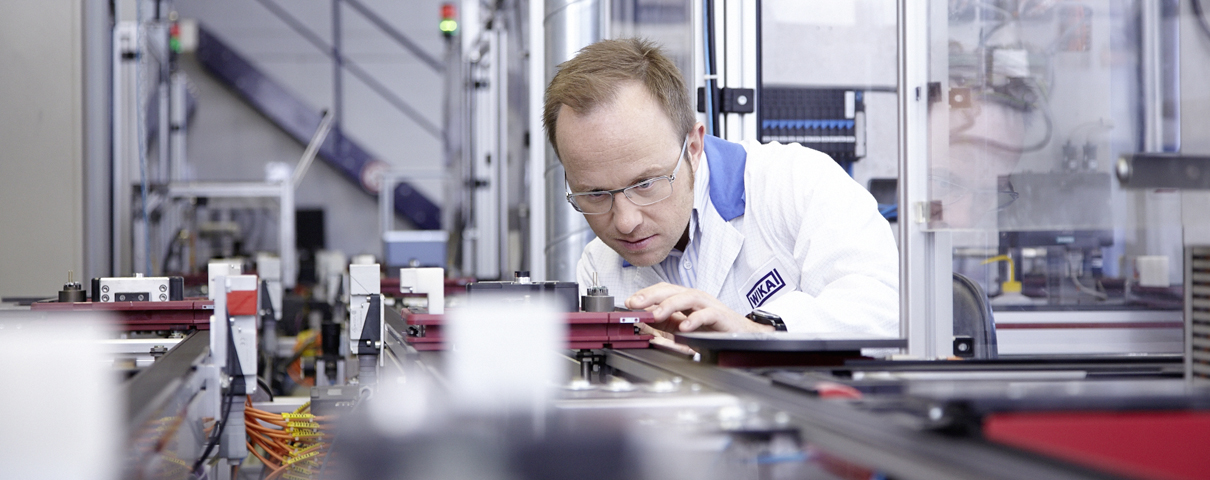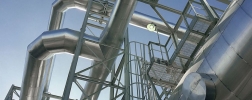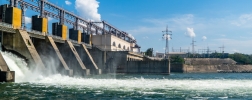Alkylation units use very strong catalysts, such as hydrofluoric acid, to produce the components for high-octane gasoline. That’s why refineries need process gauges and other pressure instruments that can withstand highly corrosive environments. Petroleum …
Know-how
Pressure Sensors, Pressure Transducers, and Pressure Transmitters: What’s the Difference?
Robert Lukat | Know-how, PressureAlmost everyone uses the terms pressure sensor , pressure transducer , and pressure transmitter interchangeably, and that’s okay! What‘s in a name? When it comes to electronic pressure sensing, the answer for many users is “not much.” Manufacturers …
How to Calibrate Level Indicators (A Trick Question)
Patrick McGrath | Know-howCalibration is a best practice for industries that use precision instruments to measure length, mass, temperature, pressure, flow, volume, and more. However, level measurement can't be calibrated because there is not an external reference point. How do you …
Pressure Gauge Know-How: Difference Between NPT and G Connections
Hardy Orzikowski | Know-howMost pressure gauges around the world have either an NPT or G (metric) connection for insertion into processes. It is useful to know their differences – and also how to recognize which type is in use – without having to remove the entire assembly. Have you ever …
How Does a Hydroelectric Plant Work: A Brief History and Basic Mechanics of Hydropower
Ravi Jethra | Know-howThe modern hydropower plant is a wondrous innovation based on millennia of human ingenuity. This article, the first of a three-part series, explores this technology's history and the basic mechanics of how a hydroelectric power plant works. Humans have long …






